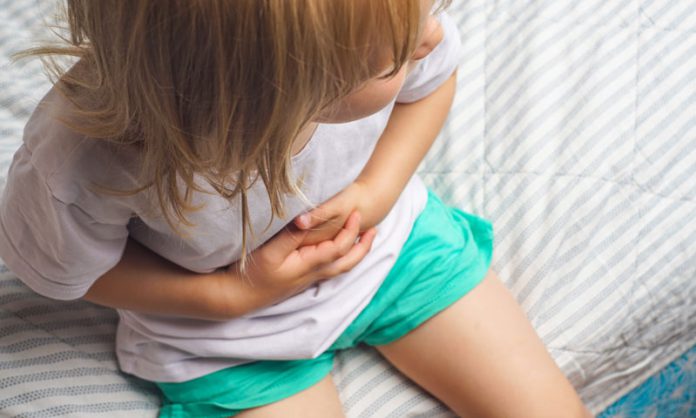Olidhealth.com – Constipation can happen in adults if they have an unbalanced diet. However, Children also can be prone to this condition since they don’t know what are they eating and react to the urge of stooling. Children aren’t aware of their bodies yet and sometime we can’t diagnose our children are getting constipation or not. The basic need to poo is 3 times a week (at least) that train the bowel movement until it’s getting out painlessly. If your children don’t excrete for more than 2 days, you should be concerned about it. To know more detail about it, read this article to learn more about constipation in Children and how to deal with its symptom through certain remedies.
Understand The Cause Children Get Constipation
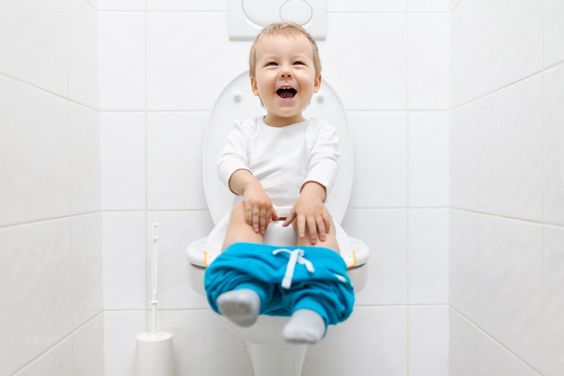
Sometimes, children hide their stomach aches and try to not get distracted in the first place. However, they didn’t know more about stomach aches and how to deal with them. If it gets intense pain, they will ask their parent about this condition. Children get embarrassed at first if you ask directly to them since constipation is usually caused by food. As a parent, ask them gently about what kind of food they eat and how long the pain happens. Generally, children get Constipation for some reason:
- Drinking less water that may get dehydration.
- Lack of fiber could affect to make stool formation.
- Anxious make muscle ring in the anus is contraction over time.
- Eat food that suppresses the urge to stool, etc.
Childhood is often getting Functional Constipation, an undefinition type with broad causes. Some doctors still figure out the constipation mechanism with a certain method to categorize this condition [1].
The Common Symptom of Constipation in Children

The most distinctive condition that your children may get constipation is don’t release poo regularly (at least 3 times a week). However, other symptoms can occur such as:
- Hard stool with pain during its release (bulky and big with less water).
- Bleeding on its stool or anus while pooping.
- Have stomach pain and feel full even they are not eating much.
- Release droplet stools while pooping.
If these symptoms happen to your children, it is possible to get constipation. However, if the stool continuously releases watery and formless poo, it also can be indicated diarrhea symptoms. Check our article about diarrhea in Children and how to cure it with remedies.
How To Relieve Constipation in Children by Home Remedies
Children who get constipation may look like normal kids, but they are more sluggish and have less energy since constipation hinders their activities. How do induce the stool to get out of the body? there are simple remedies that may help to solve this problem. The easiest one is to consume more water and get a little exercise. Check below this section to find another way to treat constipation by home remedies.
Consume More Soluble Fiber
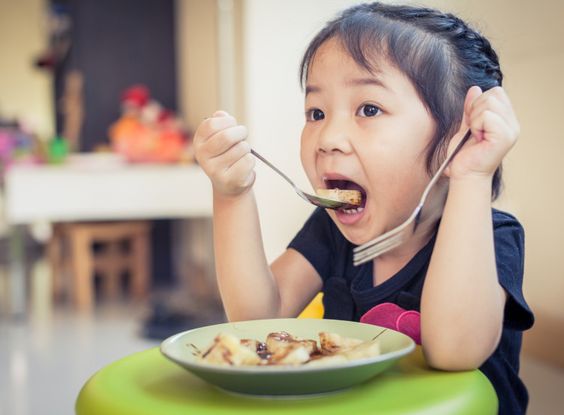
Doesn’t get adequate fiber also can trigger constipation to worsen since there are no building blocks to scrape out residue within the intestine. However, it doesn’t mean eating fiber can solve the thing. It can worsen since build-up residue can happen. If we talk about fiber, there are two types of fiber, soluble and insoluble fiber. Soluble fibers can draw in water to make gel and soften the stool while insoluble fibers act as the building blocks to make the shape of stool.
Based on a study in 2012, fiber intake recommendations for children are presented below [2]:
- 1 – 3 years old children need 19 grams of total fiber per day.
- 4 – 8 years old children need 25 grams of total fiber per day.
- 9 – 13 years old children need 31 grams (for boys) and 26 grams (for girls) of total fiber per day.
- 14 – 18 years old children need 38 grams (for boys) and 26 grams (For girls) of total fiber per day.
In constipation cases, your kid should have more soluble fiber to soften the stool and make it easy to move. Add more insoluble fiber making it worse and hardening the stool. Avoid consuming green leafy vegetables and give more nuts, lentils, fruits, and beans to help the bowel movement and trigger excretion. Persimmon, kiwis, prune, banana, and apple are considered the best food for treating constipation, according to a study in 2014 [3].
Try To Eat Glucomannan-food Like Shirataki noodles
If you live in East Asia, especially in Japan, you can find typical noodles made from the Konjac plant that has a gel-like form with high fiber. This food could cure constipation because it contains glucomannan, a polysaccharide that helps contract bowel movements. In a study in 2004, Fiber on shirataki noodles can serve as a natural medication for constipation in Children [4]. Moreover, it almost no side effects to using this food as additional fiber intake for kids.
Drinking More Water To Smoothen The Digestive Lining

Children hardly get enough water in the first place, especially the hyperactive ones. They stop playing if getting thirsty, get water just to relieve the throat dryness, and get moving again. Water is important as our bodies are 70% made of water, and losing some fluid can be considered dehydration. This condition can worsen constipation because can make poop hard to release with the bulky side that is painful to get it out. Some articles find that there is a relation between low intake of water and constipation in kids [5].
Before getting too dense, encourage them to drink more water. Add some syrup to water or make popsicles also good as an alternative food to get them enough water. However, limit dairy product intake like cheese and milk since they are high-fat food that can worsen constipation instead of treating it.
Training And Reward System For Children
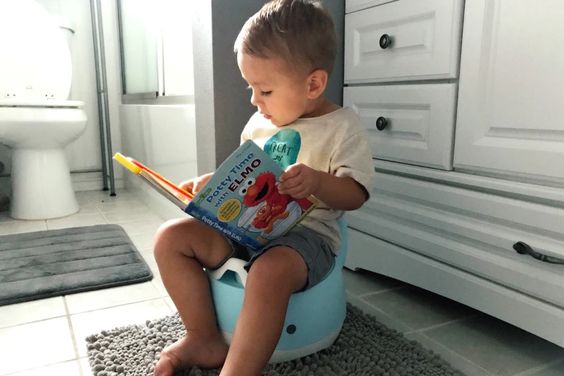
Constipation in children may be caused by the children’s problems themselves. They may be to afraid release stool with pain, so they hold the urge. If they hold for a long time, it can worsen into chronic constipation. All you can do is encourage your children to embrace the pain and stay with them until it’s done. On top of that, create a routine to prevent holding habits at a later time and make a reward system if they do stool. Make a schedule that remain them to get regularly take a stool and accompany them as long as they have a good time pooping.
Moreover, For older children, having physical activities also can improve bowel movement and relieve constipation quickly. Simple training like running, jogging, cycling, swimming, and yoga are also good to train contraction and relaxation within the muscle. So, once in a while goes to practice with your children to make a healthy family together.
Probiotic And Prebiotics May Relieve Constipation
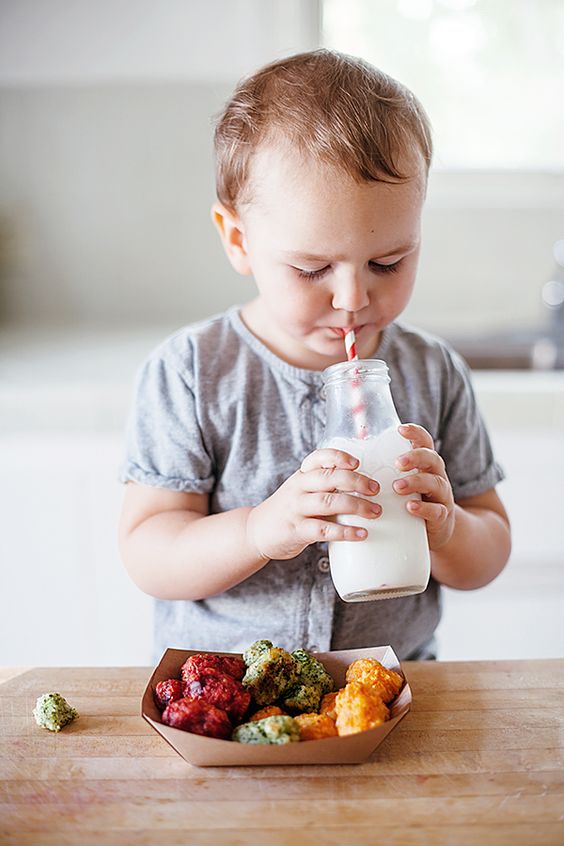
Constipation is also related to digestion track disease that may be caused by certain microbial. For that reason, probiotics and prebiotics could be alternative solutions to treat constipation. Consuming probiotic or prebiotic food can help to enhance bowel movement, bring out water, and make methane gas to stimulate the urge to stool. Probiotics are usually found in fermented food like yogurt while prebiotic food is good dietary for ‘good’ microbial to grow within guts such as bananas and berries [1].
For some reason, probiotics can’t be fed to babies since they may have an undeveloped digestive system. However, a study in 2010 found that Lactobacillus reuteri can treat functional constipation in infants at 6 months of age at least [6]. Moreover, probiotic intake for children that contain Bifidobacteria and Lactobacilli also improves stool release and decreases pain during excretion [7]. So, probiotics and prebiotics can be alternative options to relieve constipation in children.
Constipation Medication For Kids

Certain medications can be offered to kids since some of them are safe for them. However, there are also unwritten steps to give your kids some laxatives. Before that, we explain each of these medications and the effect on their guts. There are osmotic laxatives, lubricant laxatives, saline laxatives, stimulant laxatives, and bulk-forming laxatives. Each of these laxatives can’t be given together and try it separately since they have specific effects to help constipation in children [8].
Osmotic Laxatives
Osmotic laxatives are the first recommended medication to treat constipation in kids. In general, they used to hold water absorption, make it more water to lose it, and retain it until the stool passes the intestine into the rectum. Some osmotic laxatives can be found in pharmacies with a doctor’s prescription such as Polyethylene glycol, Magnesium Citrate, and Lactitol.
Polyethylene glycol or known as PEG is a common osmotic laxative to treat functional constipation in kids. This medication retains the water on the stool making it softer and easier to pass. PEG 3350 is safe for children older than 2 years old to consume and the dosage depends on children’s weight. However, it still needs further research on side effects in younger kids under 2 years old [9].
Lubricant Laxatives
Mineral oils or liquid paraffin is lubricant laxatives to smooth constipation in both adult and children. It can be consumed orally, but taking it rectally is more efficient. Lubricant can smooth the lining of the intestine and rectum that reduce the pain of hard stool. In children’s cases, it’s a good option to trigger the stooling without tormenting by the pain. However, in some cases, lubricant can spill out and spoil the clothes. It can be a little bit messy but a good booster as stool training on younger children.
Saline Laxatives
This medication has the same mechanism as osmotic laxatives that bring up water to the stool and soften it. Yet, it has different from its ingredient. Saline laxative used salt as an electrolyte to induce water. Moreover, Magnesium citrate or Magnesium hydroxide is the main compound of this laxative. However, children with kidney problems are restricted to use this medication. Call the doctor to know if saline laxative is good for your children.
Stimulant Laxatives
Like its name, stimulant laxative work on stimulating bowel movement while drawing in water to soften it. This laxative can be used if other laxative doesn’t have any effect to treat constipation. Some of them are considered safe for children with a doctor’s prescription. Moreover, the effect is relative fast (within 1 hour after taking medication) so check the dosage to get the right amount of medication to prevent any side effects on it.
There are two common stimulant laxatives that can be found easily such as Senna and Bisacodyl. Senna carries an anthraquinone substance while Bisacodyl contains diphenylmethane. Both of them act as stimulants to bring out the stool urging. Moreover, you can administer it in two ways, orally and rectally (same as a lubricant laxative, but with different effects). However, there are also side effects to taking this medication such as nausea, diarrhea, and abdominal pain.
Bulk-forming Laxative
Unlike other laxatives, Bulk-forming laxatives aren’t actually laxatives for treating constipation. Yet, it has a similar effect to softener laxative but works external to the stool. It makes a bulky stool to help push out the hardened poo and help to soften it during upward bowel movements. This kind of medication take some time (2-3 day to get the effect) so it’s an alternative choice to slowly treat constipation.
The common bulk-forming laxative is Fybogel. This medicine is made from Ispaghula hust that the dried hust is used as a laxative medication for treating digestion problems. Like other laxatives, it attracts water from the gut lining and makes the stool soften since it is made from fiber. However, children under 6 years old need medical supervision from the pediatrician first. Moreover, drink more water to improve the medication effect. The bulk-forming laxative is also good to treat other digestive diseases like diarrhea since they help make a form of stool firmly.
Constipation Prevention on Children

It depends on the parent to educate children to not hold back the stool urge. Sometimes, children also don’t have a balanced meal. So, that is also homework for parents to maintain the health of their kids. Below is prevention for kids to reduce the risk of constipation in kids:
- Balance fiber intake to have a solid stool.
- Supervise them to get enough water every day.
- Encourage them to stool 3 times a week or more.
- Stool teaching is important for young children to learn how to act naturally with stooling.
- Physical routine with education activities like doing yoga, running, and kicking.
Conclusion
Constipation in children can happen because of several factors such as an unbalanced diet or being afraid to stool. Sometimes, Children hold up and ignore bowel movements, so the stool can build up and harder to be released. There are ways to get it done quickly by consuming soluble fiber, drinking water, and taking probiotic supplements. If this attempt can’t solve the problem, some laxatives can serve as medication to stimulate stool to get out of the body. Before it happens again, prevention like having balanced meals and getting stool educated is one thing that needs to be done first.
References
[1] https://www.ncbi.nlm.nih.gov/pmc/articles/PMC5774595/ – How to differ functional constipation in children.
[2] https://www.ncbi.nlm.nih.gov/pmc/articles/PMC3262613/ – Total fiber needs for children of all ages based on some research.
[3] https://www.ncbi.nlm.nih.gov/pmc/articles/PMC4291444/ – Selective diet to treat constipation in children.
[4] https://pubmed.ncbi.nlm.nih.gov/14993586/ – Glucomannan as natural constipation medication for kids.
[5] https://pubmed.ncbi.nlm.nih.gov/28450053/ – The relation between water intake and constipation in kids.
[6] https://pubmed.ncbi.nlm.nih.gov/20542295/ – Uses probiotics to treat constipation in infants.
[7] https://www.ncbi.nlm.nih.gov/pmc/articles/PMC2148043/ – Treating constipation in children with probiotics containing Bifidobacteria and Lactobacilli.
[8] https://www.ncbi.nlm.nih.gov/pmc/articles/PMC4768242/ – How to manage functional constipation in children.
[9] https://www.ncbi.nlm.nih.gov/pmc/articles/PMC2682301/ – The explanation about Polyethylene Glycol in children cases.
